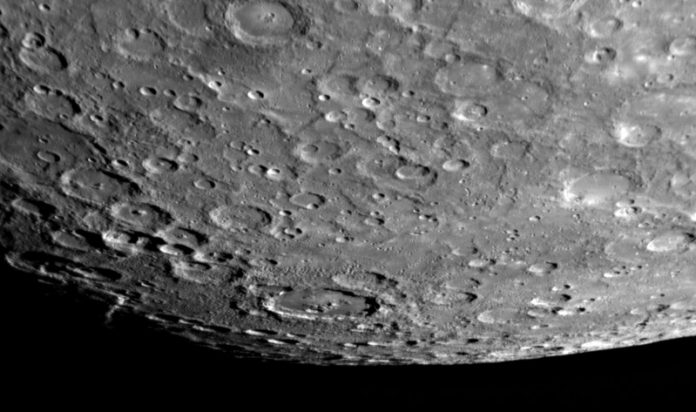Naming objects and the features that cover them help astronomers to characterize, understand, and communicate about the subjects of their studies. The International Astronomical Union (IAU) has recently released official names for seven features on the planet Mercury, as well as 12 on the largest moon of Pluto, Charon.
The IAU also named a crater for Revati, the protagonist of the Mahabharata, and a crater for Sadko, an ocean explorer in the Russian story Bylina, the IAU explained in a statement.
“I am pleased that the features on Charon have been named with international spirit,” The IAU’s Rita Schulz, said in the statement.
Other IAU-approved names include:
Argo Chasma is named for the ship sailed by Jason and the Argonauts, in the epic Latin poem Argonautica, during their quest for the Golden Fleece.
Caleuche Chasma is named for the mythological ghost ship that travels the seas around the small island of Chiloé, off the coast of Chile; according to legend, the Caleuche explores the coastline collecting the dead, who then live aboard it forever.
Clarke Montes honours Sir Arthur C. Clarke, the prolific science fiction writer and futurist whose novels and short stories (including 2001: A Space Odyssey) were imaginative depictions of space exploration.
Dorothy Crater recognizes the protagonist in the series of children’s novels, by L. Frank Baum, that follows Dorothy Gale’s travels to and adventures in the magical world of Oz.
Mandjet Chasma is named for one of the boats in Egyptian mythology that carried the sun god Ra (Re) across the sky each day — making it one of the earliest mythological examples of a vessel of space travel.
Nasreddin Crater is named for the protagonist in thousands of humorous folktales told throughout the Middle East, southern Europe and parts of Asia.
Pirx Crater is named for the main character in a series of short stories by Stanislaw Lem, who travels between the Earth, Moon, and Mars.
The IAU picks names for cosmic objects and their features by using naming conventions established for each world explored.
Pluto’s features, for example, need to be named for mythologies of the underworld, writers who have used Pluto in their world, and scientists germaine to the exploration of the small world, according to NASA. Charon’s naming convention centers on fictional exploration.
Some of the official names for Charon’s features were chosen from a batch provided by the OurPluto campaign, which asked space fans on the internet to submit possible names for features on Pluto and its moons for NASA’s New Horizons mission.
New Horizons — which made its flyby of Pluto in 2015 — marked the first time that humanity got a chance to see the world in distant space from close range.















